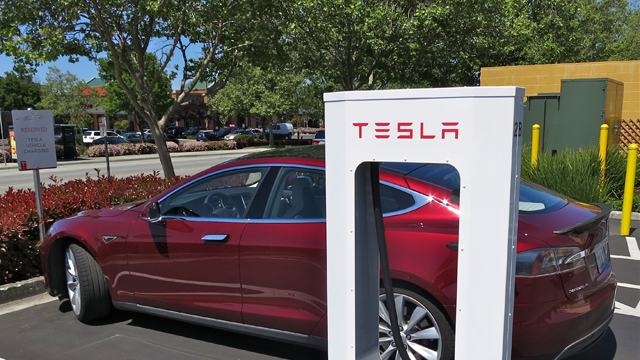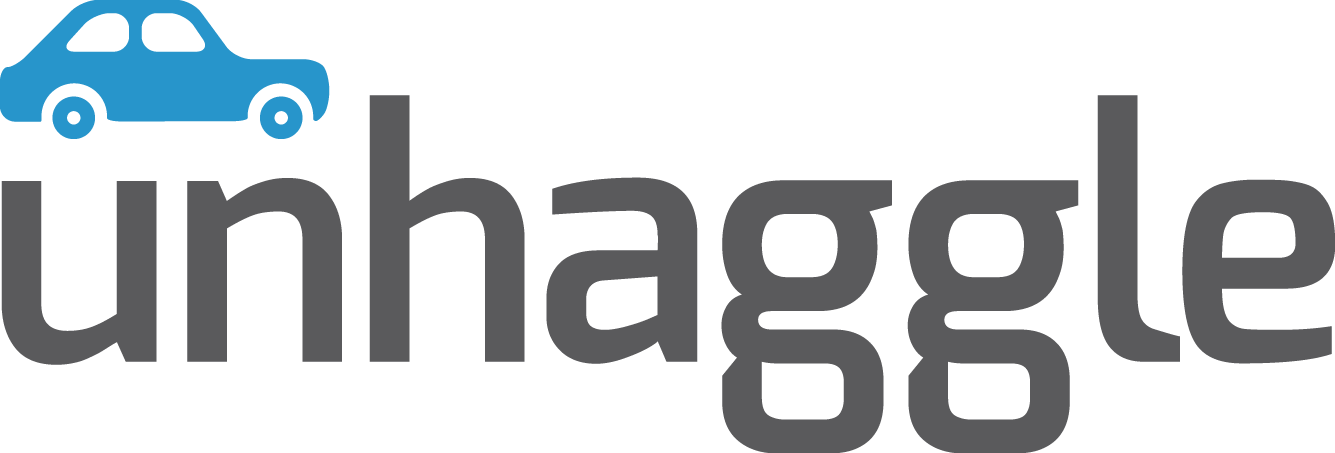
Tesla revealed yesterday that the battery-swap stations promised by the company’s CEO Elon Musk will finally be available to Model S owners by the end of 2014.
According to SlashGear, the company’s first such station will be open somewhere between Los Angeles and San Francisco, likely in December. Last year, Musk demonstrated to a crowd of people that one station can “recharge” the Model S’ battery in half the time it takes to fill up a regular car with gas. It involves a robotic system that takes off the underbody battery pack on the vehicle and replaces it with a fully-charged one in less than 90 seconds. Each station will contain 50 battery packs.
Tesla has actually promised to deliver such a station much sooner, but has since missed several of its own deadlines because Musk was “preoccupied with a few other issues.” Those issues probably included setting up a battery-producing gigafactory in Nevada and a network of supercharger stations in the U.S. The latter, by the way, takes 30 minutes to give the Model S about 170 miles (275 km) of range.
This 170-mile supercharge actually puts Tesla into a somewhat awkward position, because California now requires non-gasoline/non-diesel cars to be fueled to a 285-mile (460 km) range under 15 minutes – in order to receive maximum zero-emission vehicle (ZEV) credits. Since hydrogen-fueled cars, like the one from Toyota, easily meet those requirements, they receive the full amount of ZEV credits.
Once the new battery-swap stations are open, however, Tesla will get their ZEV credits – but only if the company proves that the stations are being used often. It’s unclear yet as to how well these stations will perform since a single swap will cost $60-80. Model S owners will also need to retrieve their old packs on the return trip or pay an upgrade fee.
However, whether Tesla earns turns in profit or not does not seem to depend on the presence of the ZEV credits as the company has been doing just fine this year.
The company is expecting to build a second set of battery-swap stations between Washington D.C. and Boston, which is a little bit closer to home. No word on whether Canada will be getting these stations as well – though if they perform well enough, we are sure it will happen!






